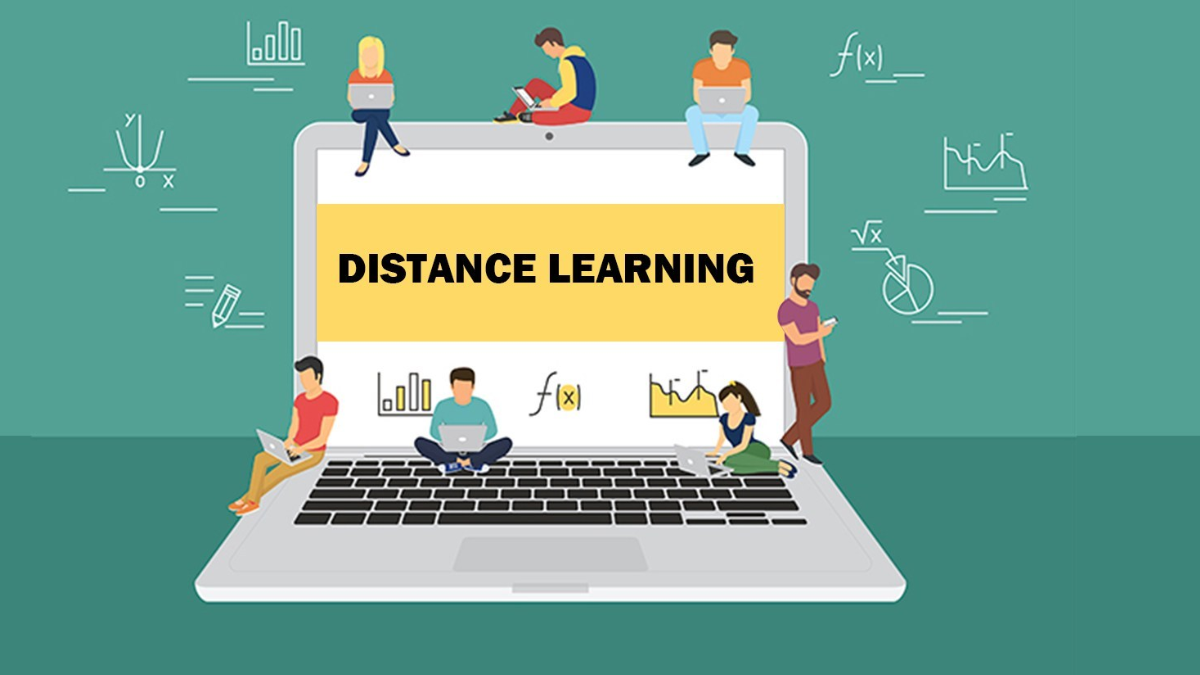Distance Learning Courses have become an essential part of modern education, offering students the flexibility to study from anywhere in the world. Whether you’re a busy professional, a parent, or someone looking to acquire new skills, online education provides opportunities that traditional classrooms sometimes can’t. But before you jump in and enroll, it’s important to understand exactly what these courses entail, their benefits, challenges, and how to choose the right one for you.
What Are Distance Learning Courses?

Distance Learning Courses are educational programs where students and instructors are not physically present in the same location. Learning takes place remotely, typically via the internet, although some programs use printed materials, recorded lectures, or live video sessions. These courses are designed to provide the same level of education as traditional in-person classes but with added convenience and flexibility.
Types of Distance Learning Courses
1. Online Degree Programs
Fully accredited programs that lead to diplomas, bachelor’s, master’s, or doctoral degrees. All learning, assignments, and assessments are completed online.
2. Certificate and Diploma Courses
Short-term programs focusing on a specific skill set or profession. Ideal for career advancement or personal interest.
3. Hybrid or Blended Learning
A mix of online and in-person classes. This format combines the flexibility of remote study with the benefits of face-to-face interaction.
4. Massive Open Online Courses (MOOCs)
Free or low-cost courses offered by universities and organizations worldwide, open to anyone with internet access.
Benefits of Distance Learning Courses
Flexibility
You can study anytime, anywhere, fitting your education around your work, family, or other commitments.
Accessibility
No need to relocate or commute. Students from rural areas or different countries can access the same high-quality education as urban learners.
Cost-Effectiveness
Reduced costs on transportation, housing, and sometimes tuition make distance learning a budget-friendly option.
Wide Range of Options
From art to engineering, there’s a distance learning course for nearly every subject imaginable.
Challenges of Distance Learning Courses
Self-Discipline
Without a fixed schedule, it’s easy to procrastinate. Students must be self-motivated and organized.
Limited Social Interaction
Online learning can feel isolating, lacking the social environment of a traditional campus.
Technology Requirements
Reliable internet access and a functional computer are essential. Technical issues can disrupt your learning experience.
Time Management
Balancing study with work and personal life can be challenging without strong time management skills.
How to Choose the Right Distance Learning Course

Identify Your Goals
Are you looking to change careers, enhance your skills, or pursue a personal interest? Your objective will guide your course selection.
Check Accreditation
Make sure the institution is recognized by relevant educational authorities to ensure your qualification is legitimate.
Review Course Content
Look through the syllabus, learning outcomes, and teaching methods to ensure they align with your needs.
Consider Support Services
Check whether the program offers academic support, career counseling, or technical help.
Essential Skills for Succeeding in Distance Learning
Self-Motivation
Without a teacher physically present, staying motivated is key to completing your course successfully.
Time Management
Create a realistic study schedule and stick to it.
Communication Skills
Be proactive in reaching out to instructors and classmates via email, discussion boards, or video calls.
Tech Savviness
Comfort with online platforms, video conferencing tools, and digital file management is essential.
Technology Needed for Distance Learning Courses
- Reliable Internet Connection – High-speed broadband is ideal.
- Laptop or Desktop Computer – With a webcam and microphone.
- Learning Management System (LMS) – Such as Moodle, Blackboard, or Canvas.
- Productivity Tools – Microsoft Office, Google Workspace, or similar.
Tips for Staying Motivated
- Set clear goals and milestones.
- Create a dedicated study space.
- Avoid distractions during study hours.
- Reward yourself for achieving small goals.
The Future of Distance Learning
With rapid advancements in technology, Distance Learning Courses are expected to become even more interactive, personalized, and immersive. Virtual reality classrooms, AI-driven personalized learning paths, and increased global collaboration are just some of the exciting developments on the horizon.
Also Read : What Are The Benefits Of Online Education?
Conclusion
Distance Learning Courses offer a powerful alternative to traditional education, combining flexibility, accessibility, and cost-effectiveness. However, success depends on your ability to stay motivated, manage your time, and choose the right program. Before enrolling, carefully research your options, verify accreditation, and ensure you have the necessary technology and skills. By doing so, you can unlock new opportunities for personal and professional growth from anywhere in the world.
FAQs
1. Are Distance Learning Courses as good as traditional classes?
Yes, when offered by accredited institutions, they provide the same quality of education as traditional classes.
2. How do exams work in Distance Learning Courses?
Exams can be online, timed, open-book, or conducted at authorized testing centers.
3. Can I work while studying in a Distance Learning Course?
Absolutely. Flexibility is one of the biggest advantages, making it possible to work and study simultaneously.
4. Do employers value Distance Learning qualifications?
Yes, as long as they are from recognized and accredited institutions.
5. What if I struggle with technology?
Many institutions offer technical support and tutorials to help students navigate their platforms.





